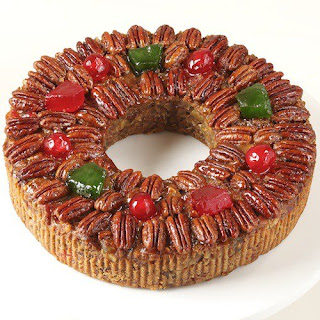Becker,
Minnesota once claimed the title of “Strawberry Capital” of the Midwest. All thanks to the work of Becker farmer Carroll
“Strawberry” Johnson.
Born
in December 1918, Carroll Johnson’s work in agriculture led to significant
developments in farming, particularly for strawberry farms. His work in marketing and promotion helped
make Becker famous for its strawberries.
Starting
in 1936, the summer after his High School graduation Carroll Johnson planted a
few strawberry plants and sold the produce door-to-door. In the fall he attended the University of
Minnesota, majoring in horticulture.
Each summer he would return to his family farm and increase acreage
devoted to strawberry plants.
Overtime,
Johnson continued selling to the local markets, eventually expanding as far as
Fargo, North Dakota. He also increased
the size of his farm. At its peak in the
1970s, the Johnson Berry Farm extended to over 150 acres. Agriculturalists described the farm as the
largest strawberry farm in the Midwest.
Johnson also adopted a “pick your own” strategy for marketing. Allowing individuals access to parts of his
farm to allow them to pick their own berries.
News reports suggested families would travel from throughout the state
to visit the Johnson Berry Farm. A
report from WCCO radio claimed two women hired a taxi to bring them from the
Twin Cities to the Johnson farm. The cab
driver then had to wait while the ladies picked berries.
 |
| Above:1966 pin promoting first Becker Strawberry Festival. below: 1971 pin from the final year of the brief Becker Strawberry Festival Artifacts from the collections of Sherburne History Center |
 Throughout
his career, Johnson continued to experiment with plant varieties and planting
methods. Johnson and Marion Hagerstrom
hold the patent on the “Crimson King” strawberry. Johnson was quoted as describing the berry
as, “a bigger, brighter berry that holds up.”
Johnson also helped develop the “Luscious Red” and the “Red Rich” varieties
of strawberries.
Throughout
his career, Johnson continued to experiment with plant varieties and planting
methods. Johnson and Marion Hagerstrom
hold the patent on the “Crimson King” strawberry. Johnson was quoted as describing the berry
as, “a bigger, brighter berry that holds up.”
Johnson also helped develop the “Luscious Red” and the “Red Rich” varieties
of strawberries.
His
planting experiments included alternate plantings of four rows of berries to
two rows of corn. At the end of the
season, the corn stalks remained in place to catch and hold the snow as an
insulator to protect the strawberry plants.
“It also stops the wind,” he explained.
Johnson
also played a key role in promoting Becker as a destination point for
strawberry lovers. In the mid-1960s, The
Becker Strawberry Festival played a significant role for promotion and
entertainment in each growing season.
Johnson
worked and developed strawberry farming for more than 50 years. His efforts made Becker, Minnesota the
“Strawberry Capital” of the Midwest.





